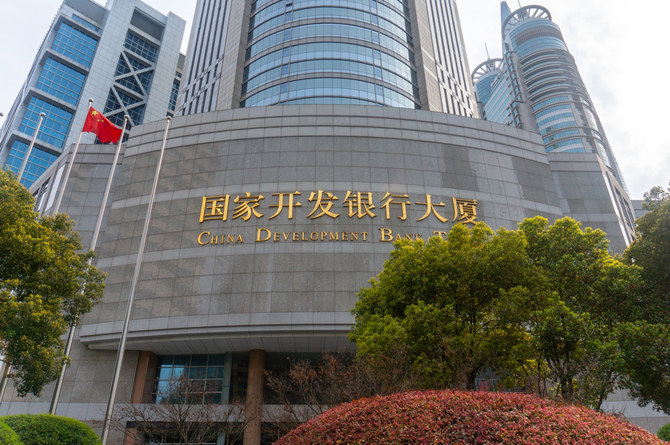
HONG KONG — In a significant move to stimulate its slowing economy, China’s central bank, the People’s Bank of China (PBOC), announced a reduction in the reserve requirement ratio (RRR) for commercial banks. This step, revealed by Governor Pan Gongsheng during a Wednesday press conference, is aimed at injecting liquidity into the economy but has received a lukewarm response from investors, who are pressing for more substantial measures from Beijing.
Pan, accompanied by deputy governors Zhu Hexin and Xuan Changneng, detailed the 0.5 percentage point cut in the RRR, effective from February 5. This decision, the first reduction since September, is part of a broader strategy to balance growth and risk management. The PBOC is also reducing relending and rediscount rates for the rural sector and small businesses by 0.25 percentage points, starting Thursday.
Simultaneously, the Hong Kong government, in coordination with the mainland authorities, announced a series of financial policy measures. These include an increase in the daily transfer quota for Hong Kong residents buying properties in Shenzhen and permitting the use of onshore government bonds as collateral in Hong Kong markets. According to Paul Chan, Hong Kong’s financial secretary, these actions aim to deepen economic integration with the Greater Bay Area and stimulate foreign investment in onshore assets. Chan stressed that these policies are part of a longstanding cooperation project with mainland regulators, not directly linked to immediate stock market concerns.
Despite these initiatives, market participants view Beijing’s actions as inadequate. Fang Feng-lei, founder of Hopu Investment Management, criticized the reserve requirement cut as insufficient compared to potential interest rate cuts, which he believes could address confidence issues more effectively. Liu Yang, a prominent mainland investor, echoed this sentiment, underscoring the need for the government to focus on the middle class, particularly in the equities and real estate sectors where they invest significantly.
Frances Cheung, an economist at Oversea-Chinese Banking Corp., described the liquidity release as effective but largely symbolic. Jeremy Zook, lead sovereign analyst for China at Fitch Ratings, shared a similar perspective. He mentioned that while these monetary policy measures might support his 4.6% growth projection for 2024, they are unlikely to significantly impact the property sector and the broader economy. Zook emphasized the need for more robust fiscal support.
The market response to these measures was initially positive. Hong Kong’s Hang Seng Index and the CSI 300, comprising major shares in Shanghai and Shenzhen, experienced substantial gains following reports of a potential 2 trillion yuan stock market rescue package by China. The Hang Seng Index surged 2.5% on Tuesday and an additional 3.6% on Wednesday, a notable recovery after being one of the worst performers among major Asian indexes last year. The CSI 300 also rose by 1.8% over two days, bouncing back from a 6% loss since the year’s start.
However, this optimism was short-lived. Foreign investors demonstrated caution, becoming net sellers of mainland A-shares through the Stock Connect program on Wednesday, reversing the trend of net buying earlier in the week. For January, there has been a net outflow of 27.16 billion yuan, signaling ongoing skepticism among international investors.
The PBOC’s decision reflects the challenges faced by the Chinese economy, which is grappling with internal and external pressures. Domestically, China is contending with a cooling property market and rising corporate debt levels, while externally, trade tensions and global economic uncertainties continue to pose risks. The central bank’s move to ease monetary policy is an attempt to mitigate these challenges, but it also highlights the delicate balance Beijing must maintain between stimulating growth and preventing financial risk.
In addition to monetary policy adjustments, China is exploring other avenues to bolster its economy. These include enhancing financial integration with Hong Kong and incentivizing foreign investment in Chinese assets. However, the effectiveness of these measures remains to be seen, as the global economic environment remains volatile and the domestic challenges are deep-rooted.
As China navigates these complex economic dynamics, the world is closely watching. The country’s economic health has significant implications for global markets and trade. The recent policy moves by the PBOC and the Hong Kong government are just one aspect of a broader strategy to stabilize and stimulate the Chinese economy. The response from domestic and international investors will be a key indicator of confidence in these measures and the overall health of the Chinese economy.
While the PBOC’s actions demonstrate a proactive approach to addressing economic challenges, the mixed response from the market and experts suggests that more comprehensive measures may be needed to ensure sustained growth and stability in China’s economy.
Featured image credit: Andy Feng via Shutterstock
